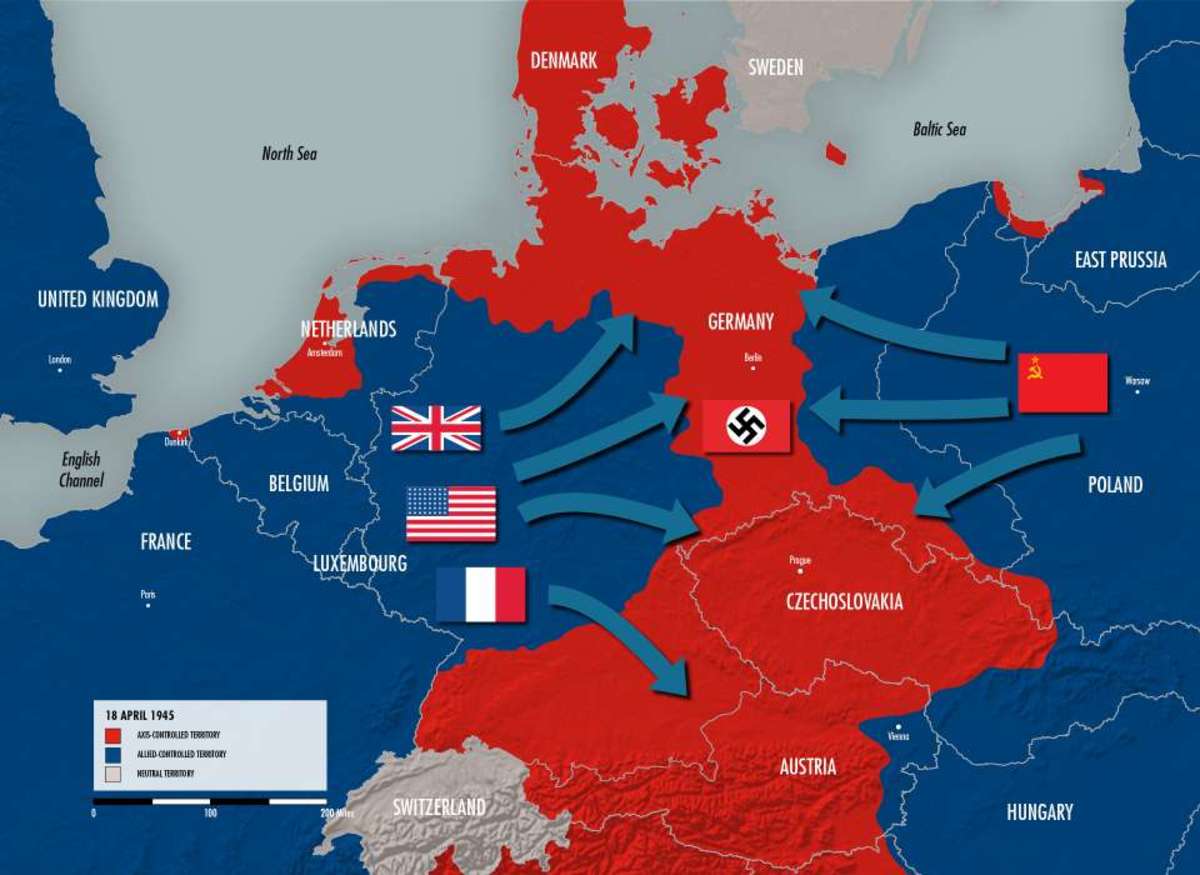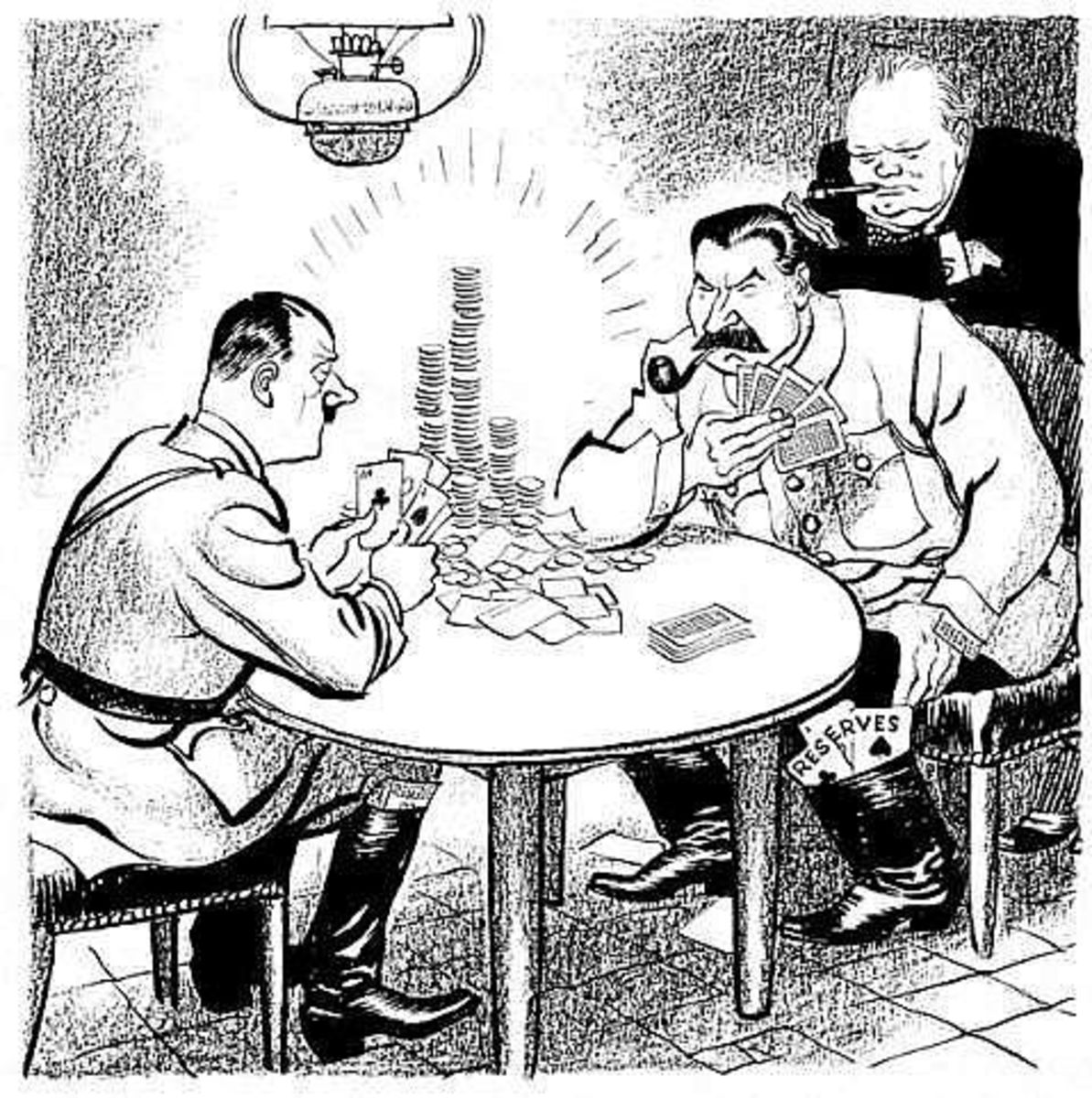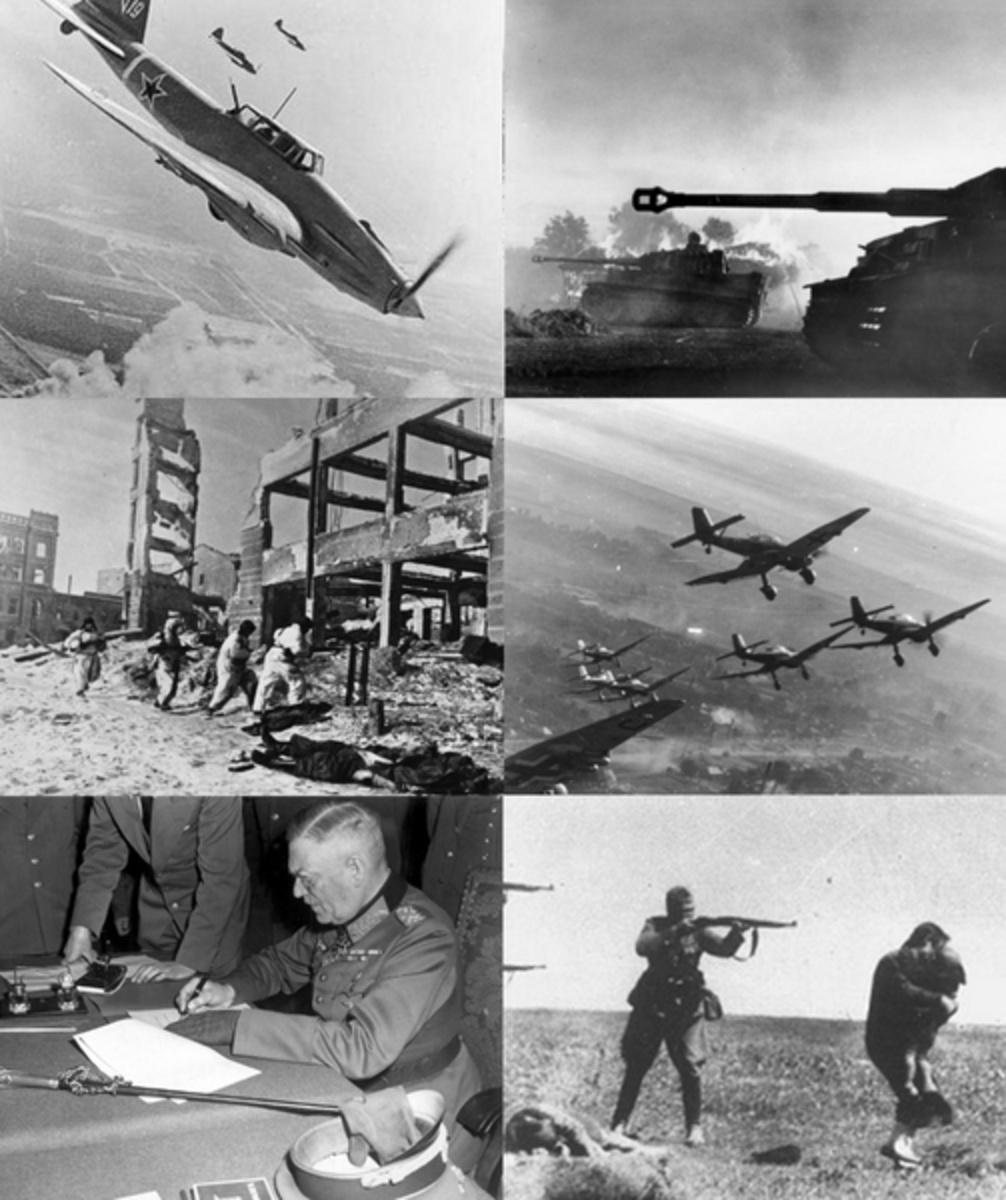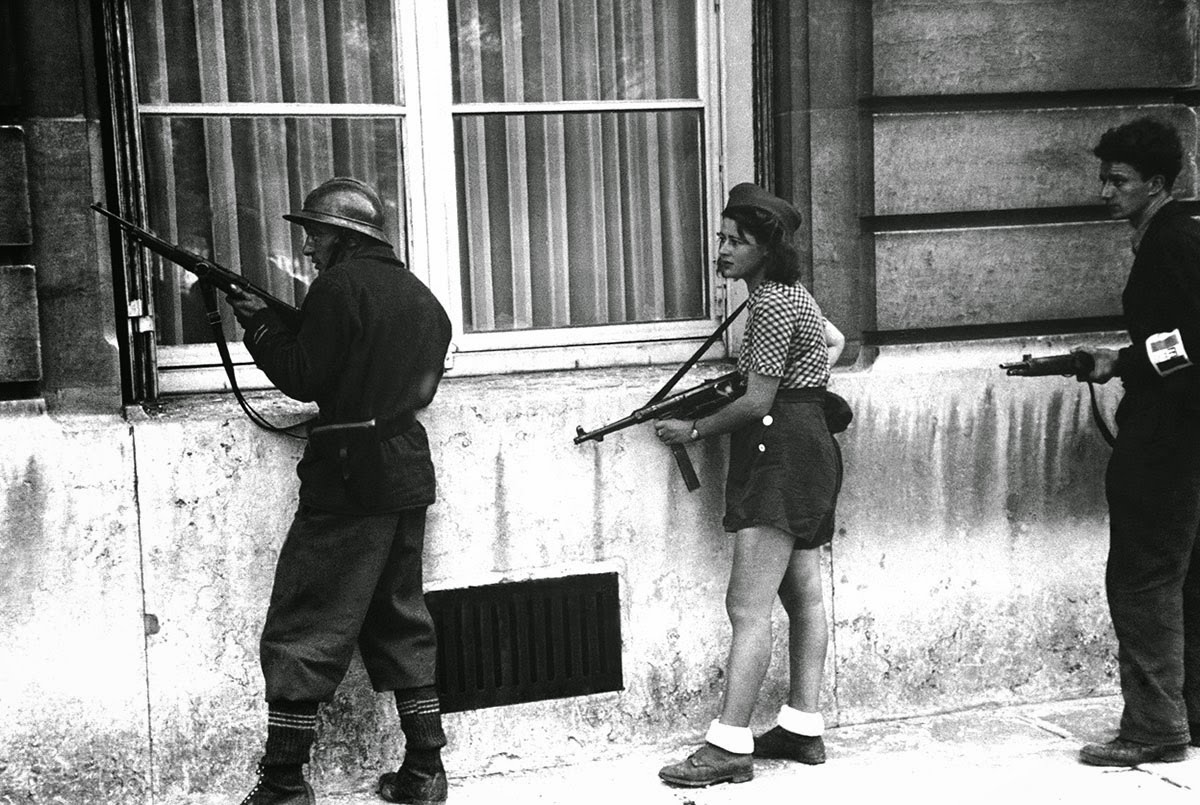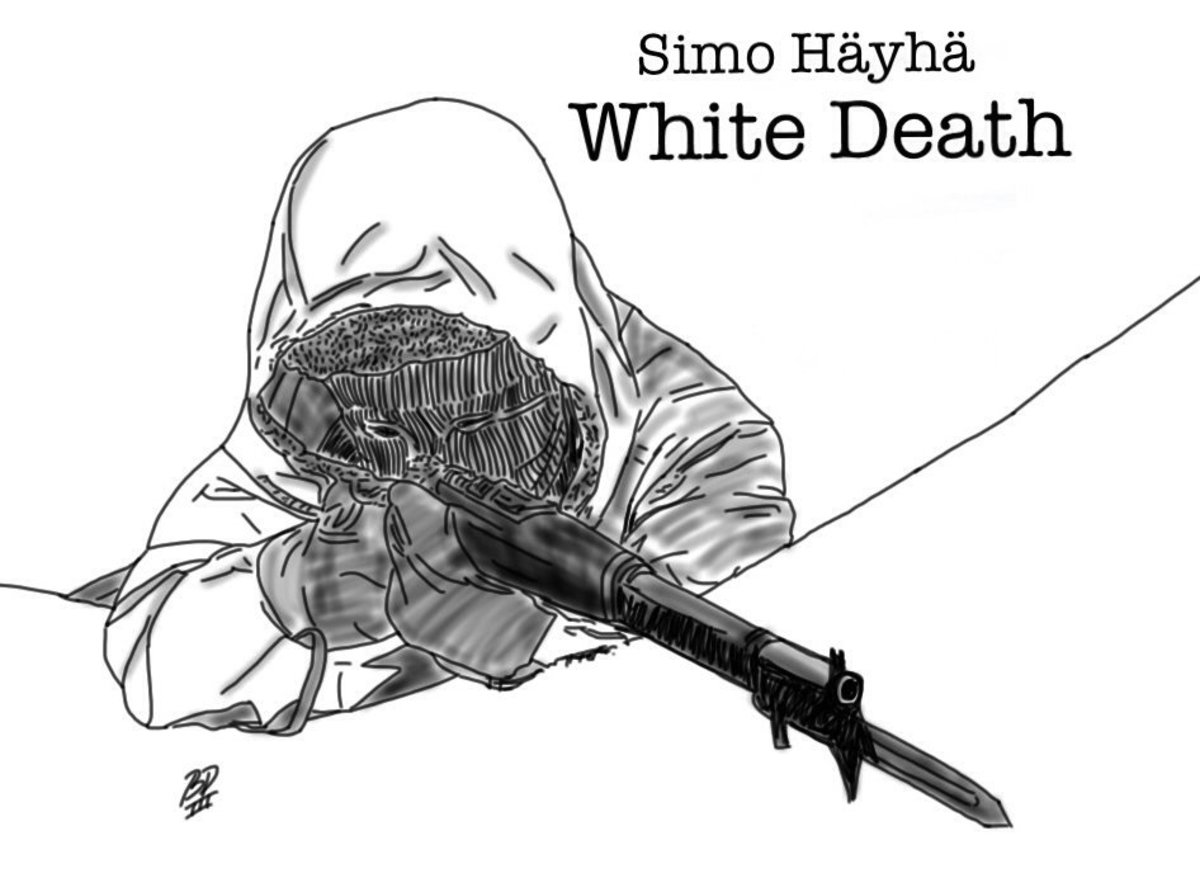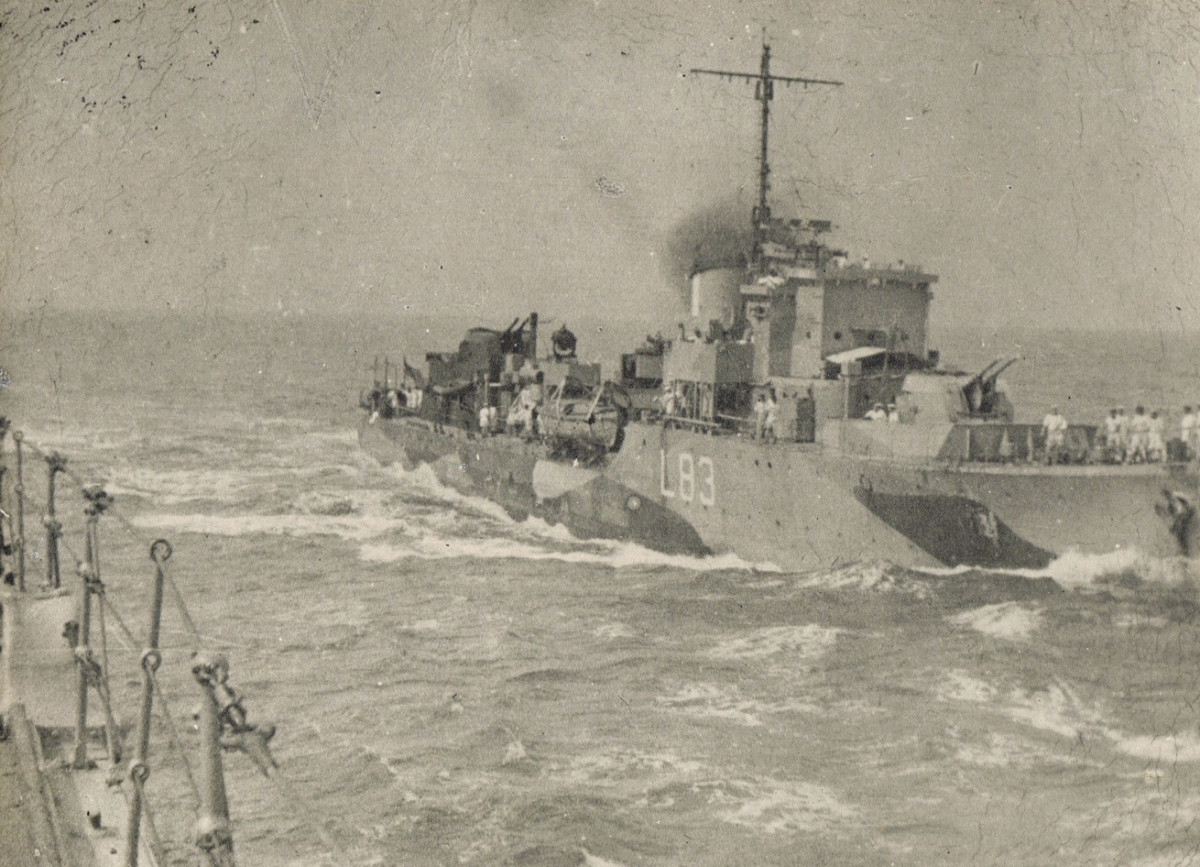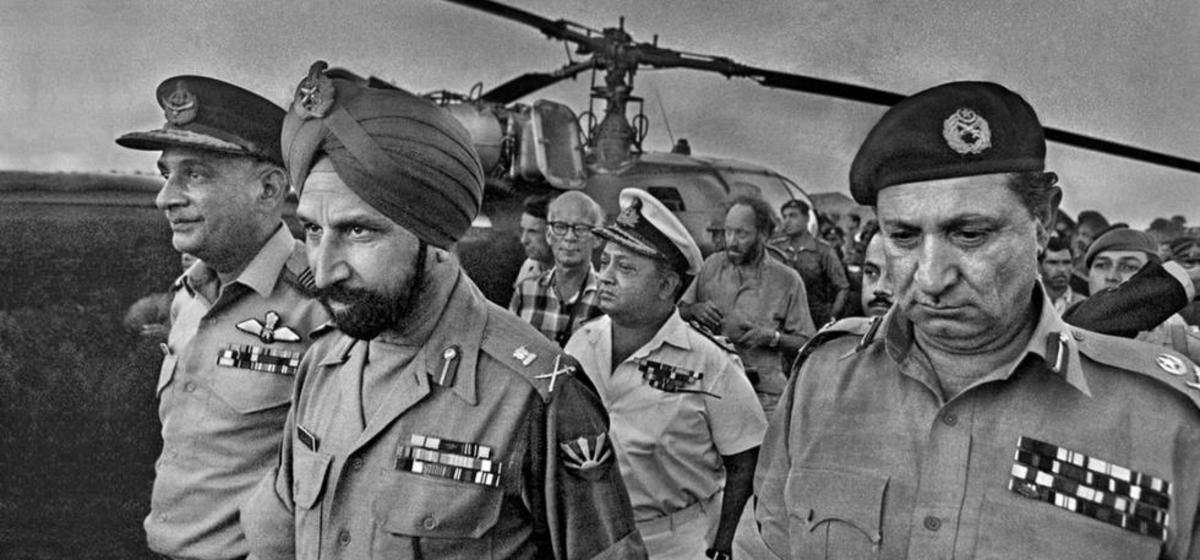- HubPages»
- Education and Science»
- History & Archaeology»
- Military History
The Schieffelin Plan - A Master Document of Military History
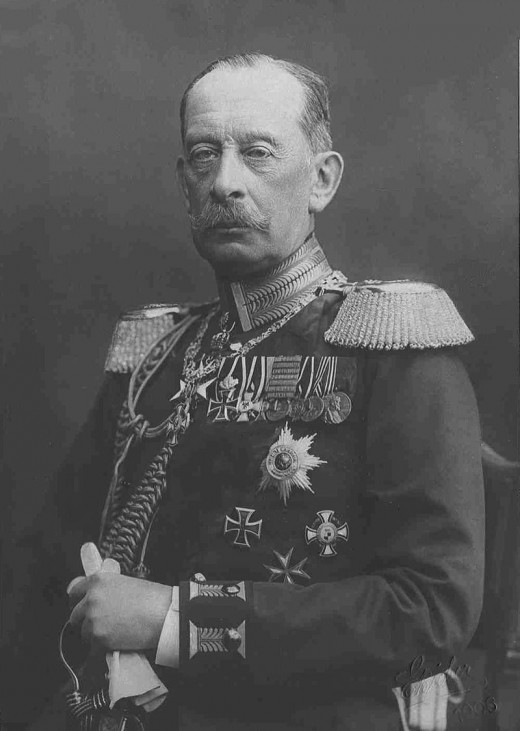
Background
Germany and France for long had rivaled each other for the domination of Europe. From the nineteenth century to the middle of the last century Germany was obsessed with a two-front war. What is a two-front war? The German nation from Bismark downward were obsessed not only fighting France but was vary of the Russian empire in the east. For most German generals fighting a war against both Russia on the Eastern front and France on the Western front was nothing short of a nightmare. They desperately needed a plan to counter this type of war. Germany's main adversaries on the continent were France and Russia. The British were also invariably against Germany and sided with France and Russia for "historical" reasons.
The Germans were able to dominate Europe to an extent and in 1870 during the Franco-German war, when Bismark was chancellor, the German army had occupied Paris.
In the first World War 1914-18, the Germans faced the allies, the UK and France on the Western Front, while the Russians under Tsar Nicholas II faced them on the Eastern front. The Russian revolution of 1917, led by Vladimir Lenin gave them some respite as an armistice was signed between Russia and Germany.
The German plan to dominate Europe depended on having a valid and effective plan to subdue both France and Russia. The peace of 1917, was short-lived and with the advent of the Nazi part old enmity again flared up.
In such a scenario the German Chancellor Adolf Hitler bent on domination of Europe as well as looking for a "lebensraum" living place for the German people in the east was again confronted with the same predicament which the earlier German leaders had faced.
In one stroke he engineered the defeat of France by putting the Schieffelin plan into practice. He invaded France but by a devious sleight of hand signed a non-aggression pact with Russia in 1939 to buy time till he dealt with France.
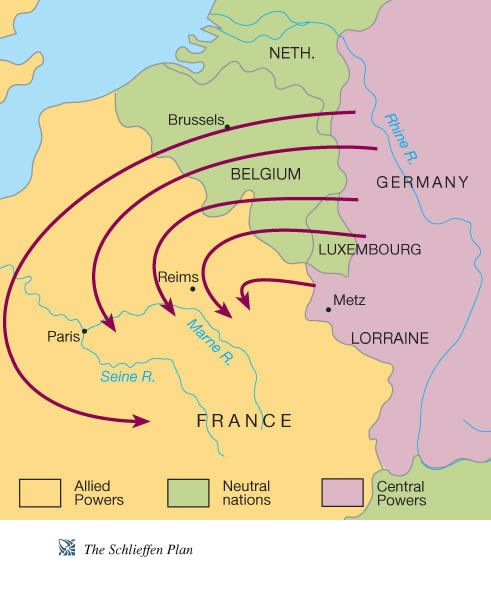
The Plan of Count Schieffelin
General Count Von Schieffelin (1833-1913) was a product of the old school of German military thought. He was a strong nationalist and votary of German dominance. This is not something to be sneered at as till the end of World War II German Nationalism was always to the fore. It's a moot point that Germany has at last achieved this dominance over Europe through the EU. The UK left the EU mainly because they would not like to be second fiddle to Germany. Despite the present domination of Germany, historians still find studying the plan of Von Schieffelin beneficial. It gives us a glimpse into the German psyche.
Von Schieffelin rose to the rank of field marshal in the German Army. He was Chief of the General Staff for 14 years from 1891-1905, that's a pretty long period and testifies to the8 acumen of and knowledge of Von Schieffelin. The Marshal had plenty
of battle experience as well, as he had taken part in the Franco-German war of 1870 when the Germans reached Paris. They had laid siege to the city and as Von Bismark did not give the order to attack the city, the Parisians were degraded to the extent of eating zoo animals for their food.
Count Schieffelin had learned his lessons and he applied his mind and came up with a plan that would help the German Army beat both Russia and France. As with all plans, this plan also hinged on some set conditions which had to be
fulfilled. The basic ingredients of the plan was speed and a lightning victory in the West. Once the French were defeated the German state could transfer its armies to the east to subdue Russia.
The plan had the following essential ingredients.
a) The neutrality of the Low Countries namely Belgium and Holland was to be disregarded. The Count envisaged an attack on the French through the low countries so as to outflank the French and surprise them.
b) France must be defeated inside six weeks. This was essential to the effect of the plan. A prolonged war as in World War I was detrimental to the success of this plan. The essence of the plan was a lightning victory. The count was confident this could be achieved and Hitler demonstrated this in 1940 when within 40 days the French were defeated and surrendered en masse.
c) The Schieffelin plan envisaged the use of Germany’s excellent rail network and transportation of the troops to the Russian front. This after France had been defeated. The plan assumed that it will take Russia at least 6 weeks to mobilize
It was a bold and audacious plan and required a genius and meticulous planning to succeed. Hitler made use of this plan but its a point to consider whether he was a military genius.
There was one other assumption and this hinged on another important variable– the reaction of England. He expected that the English reaction would be slow and they would be presented with a fait accompli.
The plan was not foolproof and everything did not go the way as planned as there were quite a few variables.
Practical Use of the Plan
The plan was put into practice during the First World War. But the mobility of the German armies and increased French resistance leading to the famed trench warfare that led to a stalemate showed that the plan relied on many variables.
During the Second World War Hitler as was his forte studied the plan in detail. He realized that the best course of action was to buy peace on the Russian front. He thus signed the German Russian non-aggression pact with Stalin. It was a masterstroke of diplomacy and freed the German armies for the strike against France. Von Molotov the Russian Foreign Minister came to Berlin in 1939 and signed the Non -aggression pact, completely taking the West by surprise.
The plan was a success as Hitler ordered an invasion through the Low Countries. This part of the invasion is dealt with in detail by William Shirer in the "Last Days of the Third Reich". The German Panzer divisions spearheaded an assault through the low countries and there is the classical statement by the French premier "we have lost, we have lost! "
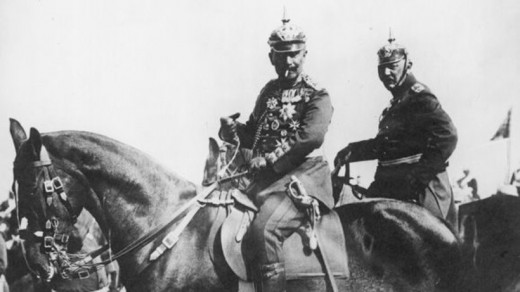
Last Word
It's done and over. The Field Marshal is history. Despite the passage of time and a new dispensation in Europe, the plan has to be studied. Russia is still menacing on the East and England does not want to acknowledge Germany as the powerhouse of the EU.
I remember while undergoing the Staff course at Wellington, we studied in detail the plan of Count Von Schieffellin. One word from the Brigadier in charge of the class stands out. He said the plan may not be valid now but "never be sure!"
A continental war now does appear very remote. But the genius of Field marshal Count Von Schieffelin stands out for all times to come. One line from Von Schieffellin's treatise is worth quoting here. He wrote, " When you march into France, let the last man on the right brush the Channel with his sleeve." This is the essence of the plan.

